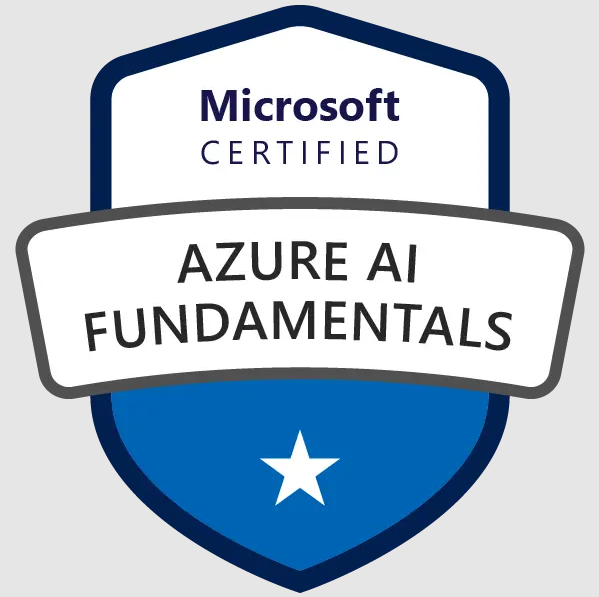Requirements engineering is the cornerstone of any successful project. It involves defining what a system should do and ensuring it meets stakeholders’ needs. A clear understanding of requirements leads to better outcomes, fewer changes, and smoother project execution.
Why Requirements Engineering Matters
Effective requirements engineering helps bridge the gap between stakeholders and developers. It ensures that everyone involved has a shared vision of what the system should achieve. By identifying and documenting needs early, teams can avoid costly mistakes and rework.
Key Phases of Requirements Engineering
Elicitation: Gathering requirements from stakeholders through interviews, surveys, and observations. This phase focuses on understanding what users need and expect from the system.
Analysis: Reviewing and refining requirements to ensure they are clear, complete, and feasible. This phase helps in prioritizing requirements and resolving conflicts.
Specification: Documenting requirements in a detailed and understandable manner. Clear documentation serves as a reference for the development and testing phases.
Validation: Ensuring that the documented requirements accurately reflect stakeholder needs and are feasible within project constraints. This phase involves reviewing requirements with stakeholders to confirm accuracy.
Management: Handling changes to requirements as the project evolves. Effective management ensures that changes are tracked and communicated, preventing scope creep.
Best Practices for Effective Requirements Engineering
Engage Stakeholders Early: Involve stakeholders from the start to gather comprehensive and accurate requirements.
Use Clear and Simple Language: Avoid jargon and complex terms to ensure everyone understands the requirements.
Prioritize Requirements: Focus on the most critical needs to deliver the most value.
Validate Regularly: Continuously review and validate requirements to adapt to any changes or new insights.
Common Challenges and Solutions
Ambiguous Requirements: Use specific language and examples to clarify ambiguous requirements.
Changing Requirements: Implement a change management process to handle evolving needs systematically.
Communication Gaps: Foster open communication between stakeholders and developers to address misunderstandings quickly.
Conclusion
Requirements engineering is not just a step in the development process; it’s a continuous effort that shapes the project’s success. By adopting best practices and staying engaged with stakeholders, teams can deliver systems that truly meet user needs and expectations. Embrace requirements engineering as a vital part of your project strategy, and watch your projects thrive.








